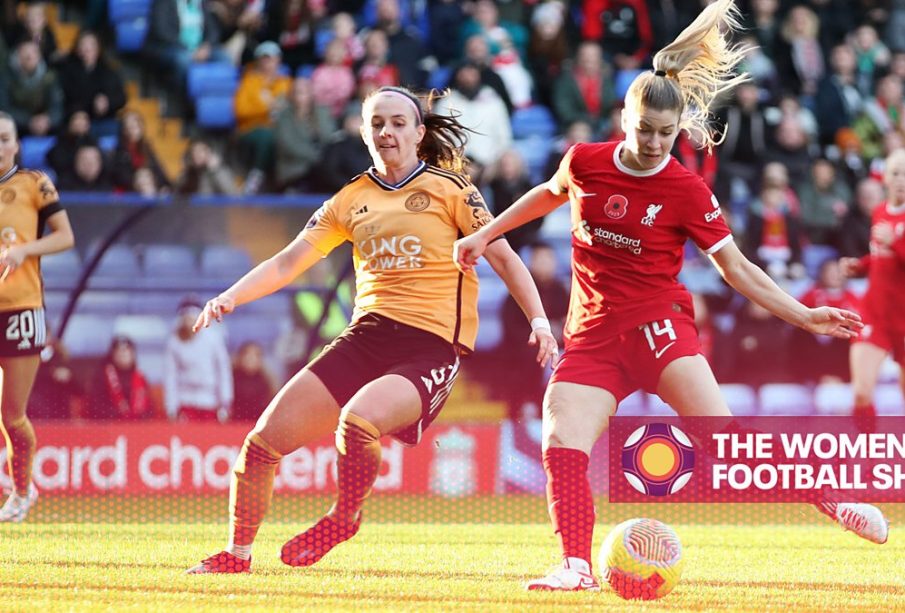The State of Women’s Football Today

Introduction
Women’s football has gained unprecedented momentum in recent years, capturing the attention of sports enthusiasts worldwide. The rise of women’s leagues and international competitions has made it more relevant than ever, providing a platform for female athletes to showcase their talents. As the sport continues to evolve, understanding the current landscape is crucial for fans, investors, and aspiring players alike.
Recent Developments in Women’s Football
The growth of women’s football can be attributed to several key factors, including increased visibility, sponsorship deals, and successful international tournaments. The FIFA Women’s World Cup, held in Australia and New Zealand in 2023, was a landmark event, attracting record viewership and participation. This edition saw 32 teams compete, expanding from 24, and showcasing the skills of women athletes on a global stage.
In addition to international tournaments, numerous national leagues are gaining traction. The FA Women’s Super League (WSL) in England has become one of the leading leagues globally, with clubs increasingly investing in women’s teams. In the US, the National Women’s Soccer League (NWSL) is also growing in popularity, providing a platform for top talents to compete at a high level.
Challenges Facing Women’s Football
Despite the progress, women’s football still faces significant challenges. Pay disparity remains a major concern, with many female players earning significantly less than their male counterparts. While some leagues are making strides toward equal pay, there is still a long way to go before parity is achieved across the sport.
Additionally, media coverage and marketing efforts have not yet reached the potential seen in men’s football, limiting exposure and financial growth. The media’s portrayal of women’s football often focuses on the challenges rather than the athletes’ achievements, which can hinder the sport’s popularity and revenue generation.
Conclusion
The future of women’s football is bright, with increasing investment and interest fueling growth. As more young girls are inspired to play, the pool of talent continues to expand, enhancing the competitive nature of the sport. With committed efforts from leagues, sponsors, and fans, women’s football has the potential to become a dominant force globally.
As readers, staying informed about these developments is essential not only for understanding the sport’s trajectory but also for supporting the female athletes who are breaking barriers and making history. The continued evolution of women’s football today marks a significant chapter in the broader story of equality and empowerment in sports.








